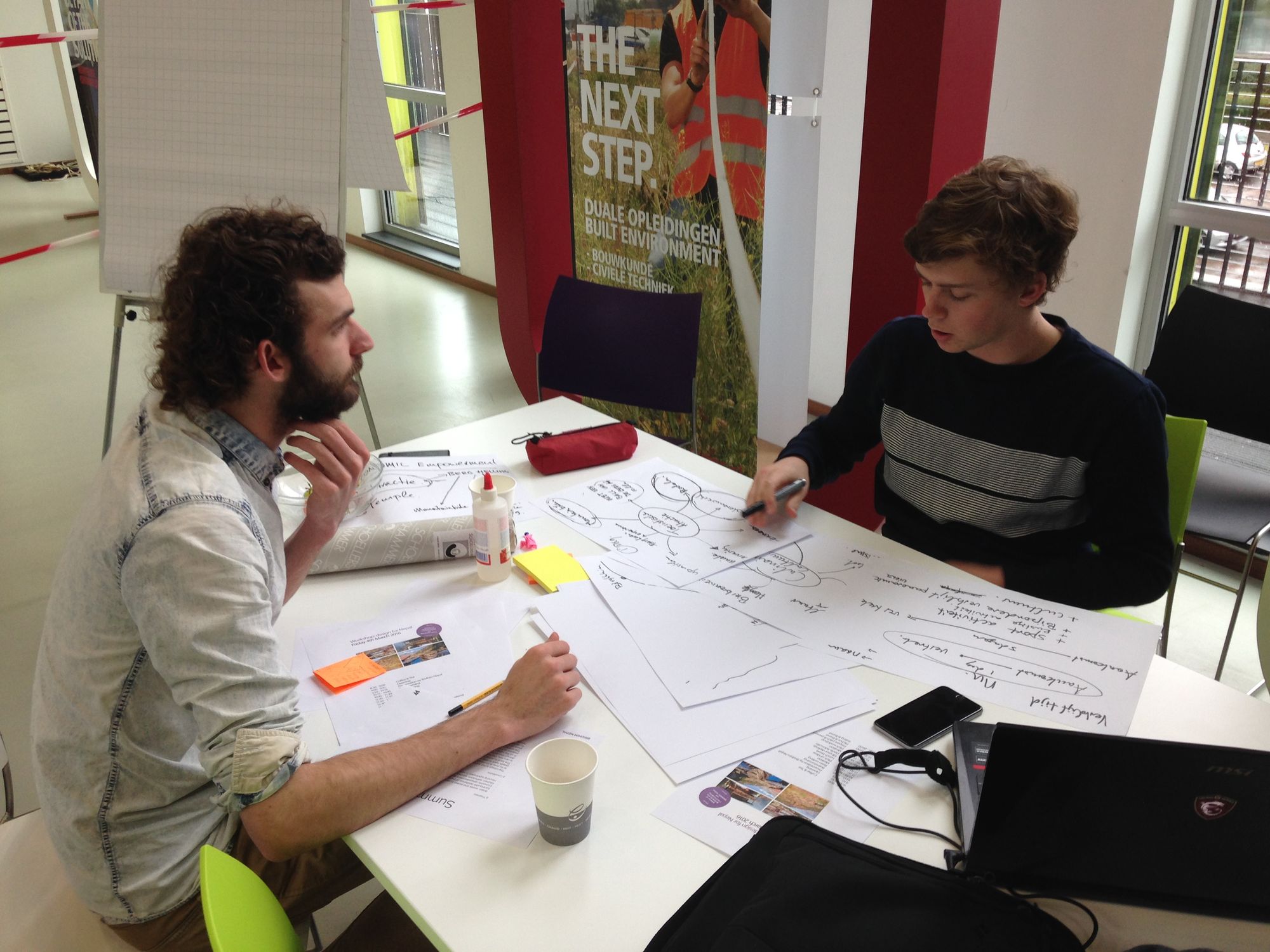Shelter design recommendations

Architecture students are frequently tasked with the design of a "new innovative shelter design". Your tutor might ask you to develop a rapid to assemble, beautiful cocoon like structure to be used in emergency situations made out of sustainable materials. Although there is nothing wrong with experimentation, there are several reasons why such criteria are often not appropriate. Please read some arguments and links below and decide for yourself. Hopefully this blogpost enables you to push back on the design criteria and develop a solution that is both innovative and realistic.
- Being innovative starts with understanding what shelter solutions are already available and mapping gaps. Are you aware of the large amount of prototypes? How are people sheltered in conflict and distaster situations? What gaps does your solution address? Start with a SWOT analysis of existing typologies. Instead of making a typical stand-alone shelter you might end up thinking about privacy issues in community shelters or focussing on a specific detail of a shelter.
- Shelter is all about context! Humanitarian agencies have stepped away from one-size-fits-all solutions because it is simply inappropriate. Logically, living conditions in a desert have other requirements than tropical areas or a mountenous climate. Other differences are for example culture, family size and available materials. Use the Mahoney tables to study the climate.
- Your design needs to be accepted by the local population. Do people want to live in this structure? Does it serve their needs? Your innovative ideas might make you win architectural rewards but might fail to be accepted. Form should follow local housing typologies and not land as an alien structure. Tip: study local housing typologies.
- Importing your shelter can be harmful for the environment and might not stimulate the local construction market to restore. It is crucial that your emergency shelter does not become a disposable product in a situation where resources are already limited. If you decide to make a shelter out of one piece, please at least think of ways to take it apart in separate pieces that can be reused or upgraded. Deciding not to import shelter might be your best contribution. What is essential to import and what is not? Consider what local people can make with local materials and give an active role to local construction professionals.
- Rapid assembly can be important in emergency situations but not at all costs. It can be acceptable to take some time for the construction if you are going to use it for months or maybe even a year. The comfort of the shelter should always be valued about the assembly speed.
- Even in Europe often fail to meet basic shelter standards. However, global minimal requirements for shelter have been defined. Study the international Sphere standards.
- Shelters that are meant for short term use (up to 6 months) are frequently used much longer. Funding is primarily used for disaster relief and there is often insufficient funding to support housing reconstruction. Your temporary solution might become a permanent one. Think of ways that materials can be reused or your structure can upgraded.
- Try to position your shelter typology in the existing types defined in the humanitarian sector, such as emergency shelter, transitional shelter, core house, community shelter. Each of these comes with its own set of requirements. Emergency relief should be linked to rehabilitation and recovery and resilience. Therefore, emergency shelter should not be a disposable article. If you want to give a realistic answer to existing solutions, please read this report that introduces the requirement or look at the overview of shelter guidelines after disaster.
- It is crucial that you are aware of the latest goals within the humanitarian sector. One of the key-reports is the Sendai framework of UNSIDR. Please scan priority 4: Enhancing disaster preparedness for effective response and to “Build Back Better” in recovery, rehabilitation and reconstruction.
